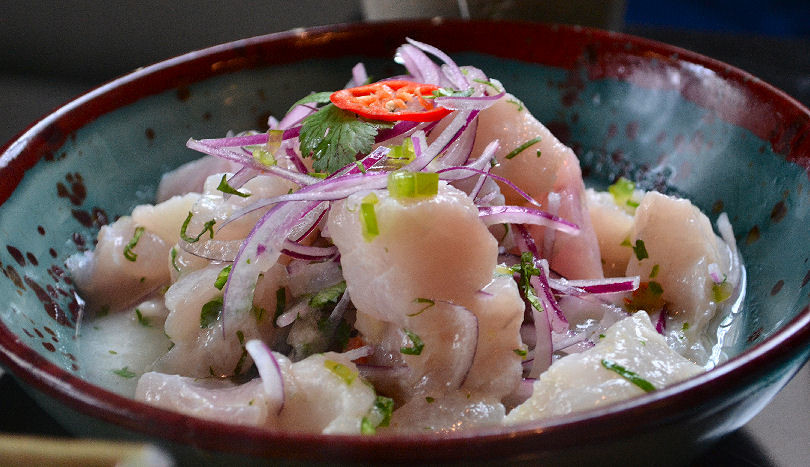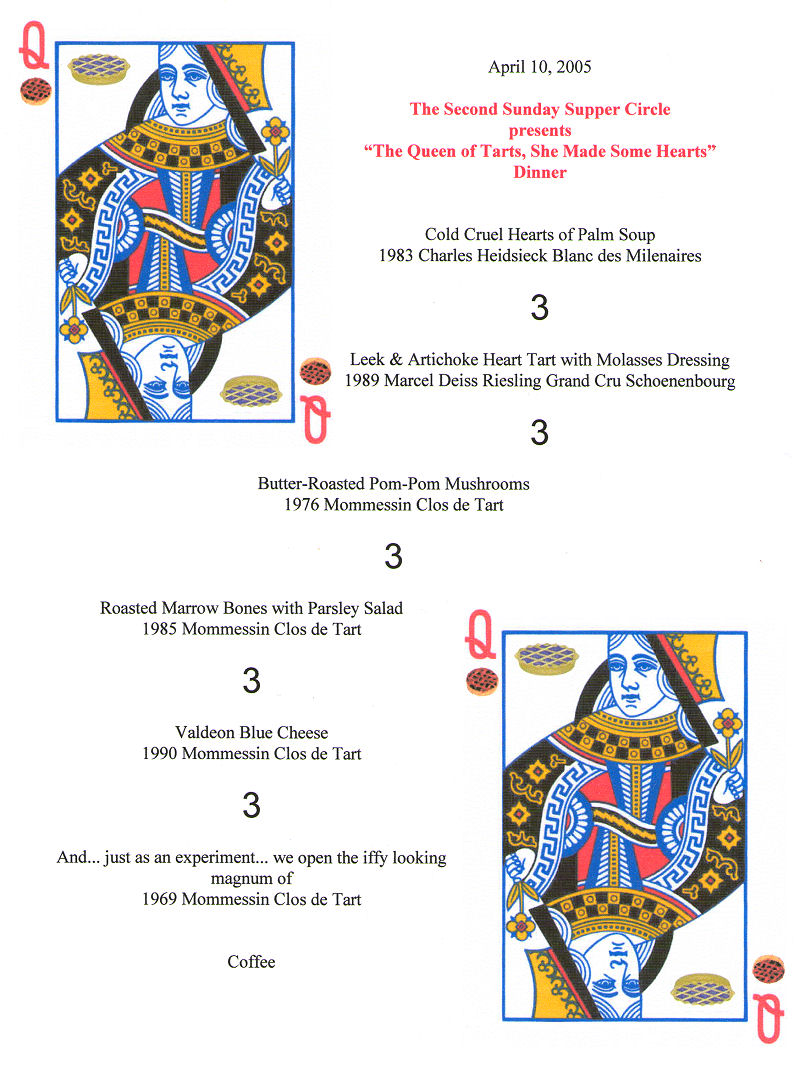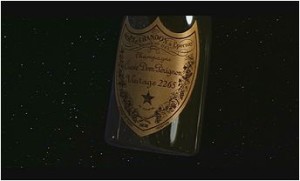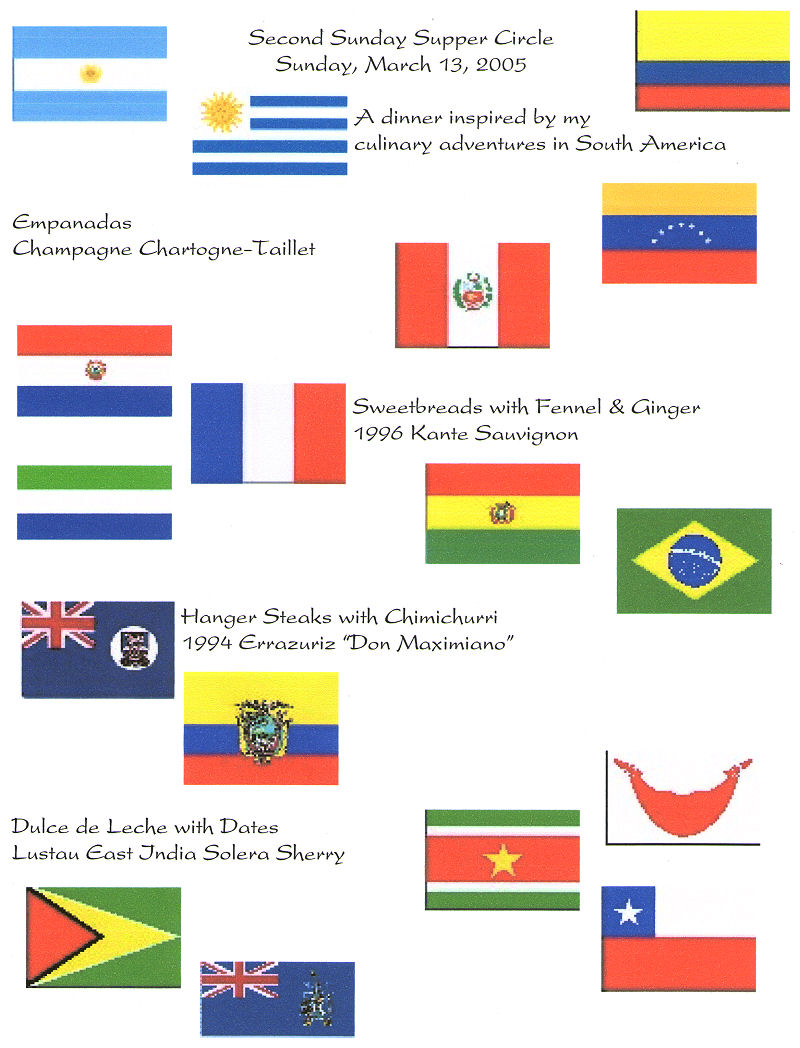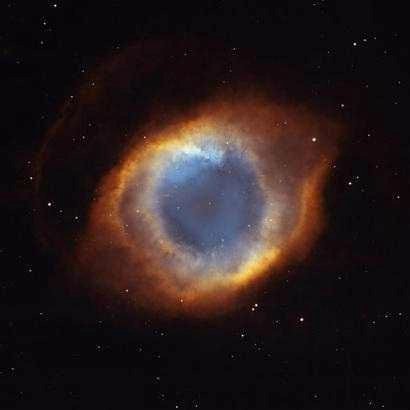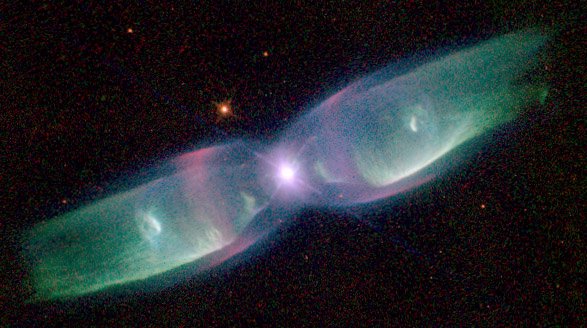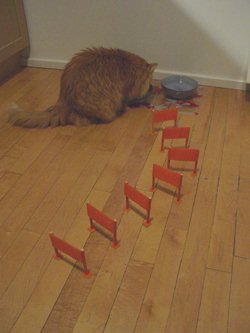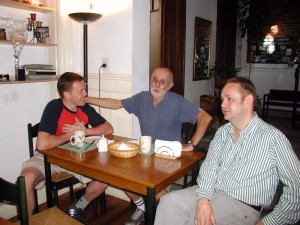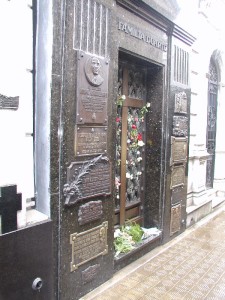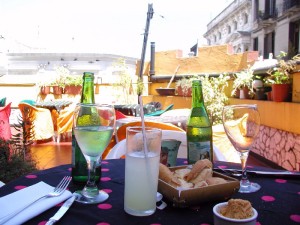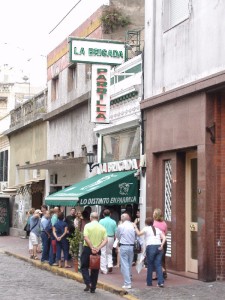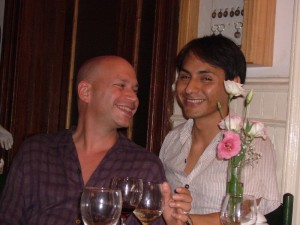Jupiter’s Blood
May 8, 2005
I’m getting ready to move. It’s a big move, leaving New York after nearly 23 years here. But I figure, I spent half my life so far in the midwest, half here in “the Big Apple”, I may as well split it in thirds and spend the next 23 years somewhere else. Then it’ll be time to go for splitting it in quarters, then fifths, then… I’m really hoping for some sort of cool longevity drug (as long as I get to keep my adorably cute looks).
Part of my move has been clearing a lot of, well, crap, out of my life. I sold off books that I never intend to read, or re-read. I sold furniture. I gave away things to friends and local charities. And then I had to confront my wine collection. Now, there’s no question I plan to keep some of it. But the idea of storing away and then carting cross-country or cross-planet (my future destination is a little murky at the moment) nearly 700 bottles of wine (yes, 700) was more than I wanted to contemplate.
A large percentage of what I had was made up of samples sent to me by various wine companies that I know I’ll never get around to trying before they go bad. I gave away those to a friend who holds casual parties and just needs cheap wine around. That left me with a little over 400 bottles. I auctioned off a whole bunch of them. Now down to about 240 bottles, it’s time to look at drinking a lot of them before I move. So, party time!
I suggested a Brunello party to a wine geek friend of mine (more about Brunello and what it is in a minute). He agreed, we decided to keep it casual, invite a bunch of friends, and order pizza. The pizza turned out to be just okay, but the wines, well, they certainly got us all talking and thinking.
I thought I’d take a look at the grape behind Brunello, Sangiovese, for this column. Sanguis Jovis, is the Latin that the varietal name comes from, literally meaning “blood of Jove” (an early name for the Roman god Jupiter). Believed to be indigenous to Tuscany, this grape has probably been growing there for nearly 2,000 years, though the first literary references to it don’t appear until the 1700s. The grape has been transplanted to various spots around the world, especially by early Italian immigrants to California, where it still forms part of the crop used in old “field blends” of red wine.
Probably the best known Sangiovese based wine is Chianti. Chianti is an area in Tuscany. Though the wine of the same name has been made there for centuries, it wasn’t until the late 19th Century that Baron Ricasoli (wines are still made from this estate and can be found in your local “bottle shops”) laid down the law and set out the “formula” for Chianti. Basically it involves roughly 70% Sangiovese with the blending of two local red grapes, Canaiolo and Colorino, and a white grape, Trebbiano. There have been changes made to the law since then, especially in the heart of the Chianti region, Chianti Classico, that allow for the use of the “international varietals”, Cabernet and Merlot.
Wine geeks will tell you that good Chianti tends to have flavors of black cherries and bacon fat or smoked salami, and that’s an apt description. It sounds strange in a wine, but indeed the flavors are there. Most of us think of Chianti as a classic match for red sauce pastas, and that shouldn’t be a surprise, since many of those come from the same region.
The two “big brothers” of Chianti in Tuscany are Vino Nobile di Montepulciano and Brunello di Montalcino. The former, the “noble wine” of Montepulciano (a town in Tuscany, not to be confused with the classic grape of the same name from Puglia in southern Italy), is a big, rustic wine that some might say combines the elegance of a good Chianti with the power of a Brunello. It is made from a specific clone of Sangiovese (there are 14 recognized clones) called Prugnolo Gentile.
Montepulciano is located in Southeast Tuscany. The flavor profile of a good Vino Nobile is much like that of Chianti, just with more depth and complexity. Vino Nobile traditionally was aged in chestnut casks rather than oak casks, and as the modern wine press began to push for bigger, richer, and oakier wines, Vino Nobile lost favor in the early 1980s. Many producers opted to switch to oak aging, and soon, unsurprisingly, many of them began to get good reviews from those who review. Personally, I like the different flavor profile that comes with the traditional style – if I want to drink Chianti or Brunello, I’ll get a bottle of one of those! There is a lighter, young, easy drinking style of wine from here called Rosso di Montepulciano as well.
Brunello di Montalcino is the true “big boy” of the Sangiovese world. From a town called Montalcino (you knew that was coming, didn’t you?), the Brunello clone produces the richest, darkest, and most complex of the Sangiovese based wines from Tuscany. Most of these wines require years of aging before they’re ready to drink, in fact, it can’t even be bottled, by law, until it has aged in cask for several years. Like Vino Nobile, there is a lighter, younger version called Rosso di Montalcino. Brunellos tend to be quite expensive!
Less well known is a wine called Morellino di Scansano. Another “kissing cousin” to Sangiovese, Morellino comes from the town of Scansano… another surprise, right? It is the local name for this particular clone. I tend to find that Morellinos have a touch more acidity to them than the rest of the Sangioveses, but at the same time have darker fruit flavors – although black cherry is still evident, there is more than a hint of black plum flavors and a bit more spiciness than the others. They are a bit harder to find, but as more folk discover them, the search is becoming easier.
I’m not going to get deeply into the world of “super-Tuscans” because, simply, they are not necessarily Sangiovese. The term super-Tuscan was coined by wine writers a few years back to refer to some of the truly special wines that were coming out of the Chianti area, were often in the writers’ opinions better than classic Chianti, but didn’t conform to the traditional blend and therefore couldn’t be called Chianti. They often were 100% Sangiovese, or included large percentages (or even completely) non-traditional grapes like Cabernet and Merlot. Some of them became quite famous – like Tignanello, Sassicaia, Ornellaia, Le Pergole Torte, and Massetto just to name a few. Unfortunately, the category has no standards, and now, anyone who makes a non-traditional blend feels like they have the right to call their wine a “super-Tuscan”, and many of those now produced are, basically, average swill.
Lastly, as I said earlier, Sangiovese was transplanted many moons ago to California. There are some fine ones produced there, though generally I find that they are too, shall we say, “California-ized”, i.e., too much time in new oak barrels, and too much extraction of flavor, resulting in what amounts to California Red Wine, indistinguishable from other varietals. There are also a few interesting Sangioveses coming out of Australia, though, often the suffer from the same problem.
So, order a good pizza or two, invite a few friends over, and get a line up of a few bottles of different Sangioveses to try. It’s a brave new world out there to explore beyond Cabernet, Merlot and Pinot Noir, but you can do it!
I started writing food & wine columns for the Outlet Radio Network, an online radio station in December 2003. They went out of business in June 2005.
